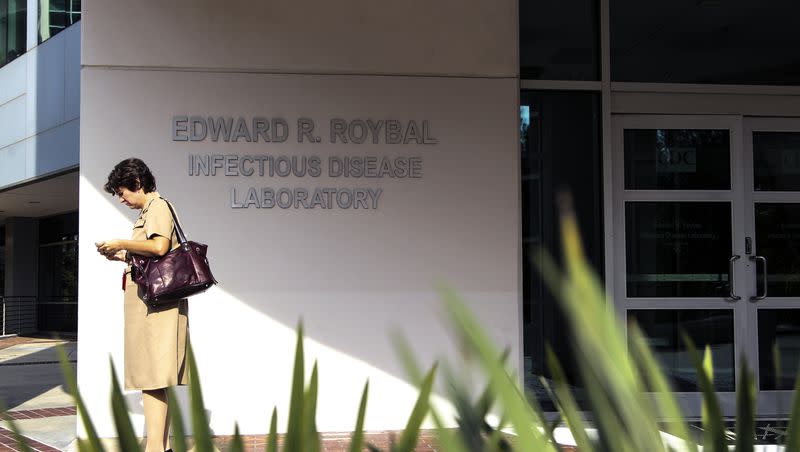Leprosy may now be endemic in Florida, scientists say

Multiple cases of leprosy have been found in Florida with no traditional trace as to how a patient contracted the disease, suggesting to scientists that “leprosy has become endemic in the southeastern United States,” said a report from the Centers for Disease Control and Prevention.
The report, published in the journal Emerging Infectious Diseases, said that “Central Florida, in particular, accounted for 81% of cases reported in Florida and almost one-fifth of nationally reported cases.”
Even with the emerging cases, the number of infections is still low nationally. Less than 200 confirmed cases are reported every year, per The New York Times.
Dr. Charles Dunn, a dermatologist and co-author of the report, told the Times, “It’s a drop in the bucket, especially when you view it through a global lens.” He added, “Our paper simply highlights that there appears to be this really intriguingly strong geographic predilection for this illness that’s very uncommon.”
Related
Leprosy and what causes it
Leprosy, also known as Hansen’s disease, is an infection in which a slow-growing bacteria called Mycobacterium leprae attacks nerves, causing infected areas to lose the sense of touch and pain, according to the CDC.
The Cleveland Clinic said symptoms of leprosy include red or discolored skin patches, or skin patches that have no feeling, painless wounds or muscle weakness.
The disease is not contracted through casual contact, CNN said, but through “prolonged close contact with someone who has untreated leprosy over many months,” based on CDC findings.
Armadillos can carry the disease and spread it to people through contact, per the Times.
The latest cases of leprosy in Florida lack traditional risk factors, like recent travel to leprosy endemic countries and recent contact with armadillos or infected individuals, NBC News said.
Related
Why is there leprosy in Florida?
Researchers are still trying to trace the origin of the several recent leprosy cases there, USA Today said.
William Schaffner, professor of infectious diseases at Vanderbilt University Medical Center, told USA Today, “Frankly, these cases are still are a bit of a mystery,” and that more research is needed.
NBC News said there have been 15 cases of leprosy in Florida this year.
The report said one of the cases was a 54-year-old man who spent lots of time outdoors, leading researchers to potentially investigate “environmental reservoirs” as a source for the disease.
Leprosy can be treated with two to three antibiotics and may take up to two years until cured, CBS News said.

